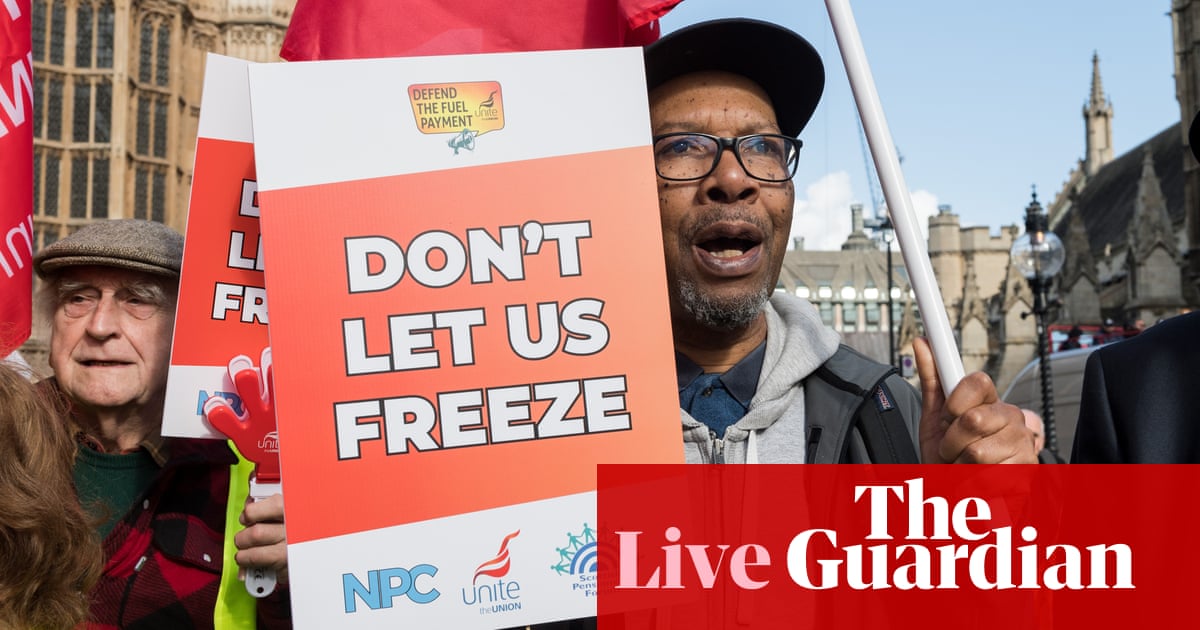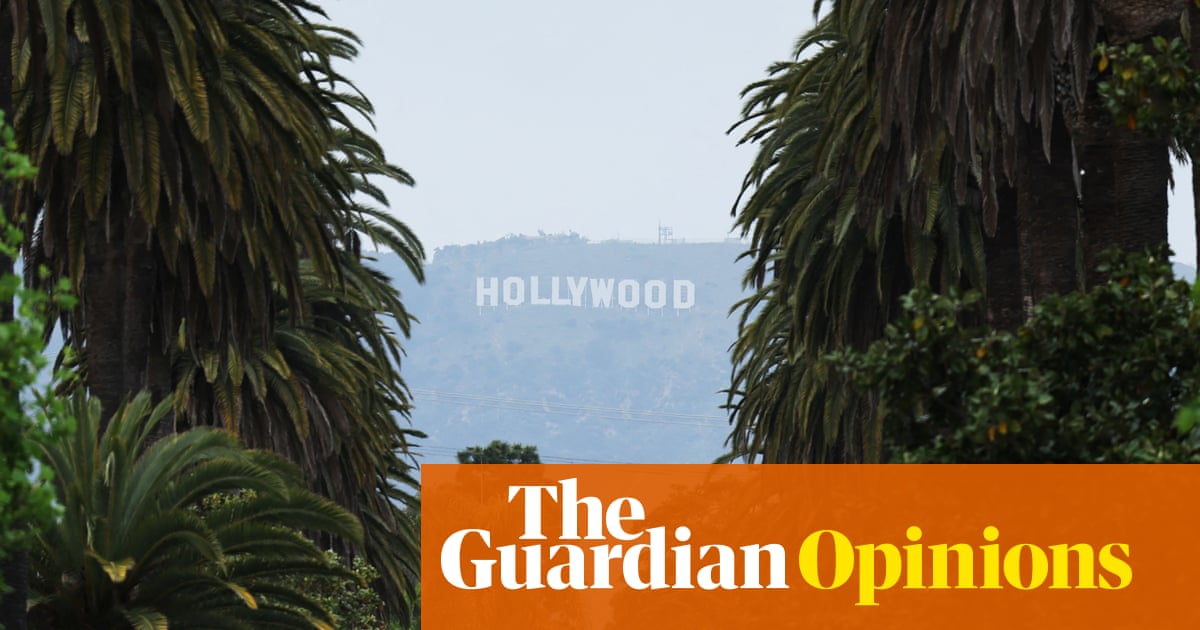Calls to pedestrianise one of Britain’s most famous roads have won an influential new ally. Hot on the heels of opening Ikea’s first Oxford Street branch, Peter Jekelby, its UK boss, threw his support behind pedestrianisation, saying he thought banning cars would be “good for the street”.
London’s mayor, Sadiq Khan, has been trying to pedestrianise the iconic West End shopping district since he first ran to be London mayor in 2016. Now he’s trying again, this time asking the government to give him extra powers to push through the plans. This decade-long power tussle over banning cars from less than a mile of one road isn’t unique to London. Across the UK, and around the world, pedestrianisation projects face similar challenges, but invariably follow a similar trajectory. First there’s frothing opposition, then angry media coverage. Then, finally, after years of wrangling, when the pedestrianisation is eventually realised, it is hailed as a big success.
The pedestrianisation of George Street in Sydney’s central business district was a success, boosting commercial property values. The banning of vehicles from the historic centre of Pontevedra in northern Spain was a success, eliminating road deaths. Making Brussels’ Boulevard Anspach car-free was a success, yielding more visitors and independent businesses. Even converting a six-lane Seoul motorway, which previously carried 160,000 cars a day, into an 11km riverside park was a success, reducing air pollution by 35%.
The perks of pedestrianisation are manifold, but knotty local politics must be overcome before the shoppers of Oxford Street can benefit. Labour has controlled the historically Tory Westminster council since 2022, but with the party losing ground nationally the constituency is vulnerable to small groups of constituents threatening to deliver the borough back to the Tories if Labour won’t bow to their concerns around traffic.
“Locals have long been anxious about rat runs,” a council press officer told me, explaining that constituents fear restricting traffic on Oxford Street could “push more cars into sidestreets”. But similar arguments have been made before – and debunked. Many claimed that the introduction of low-traffic neighbourhoods would increase congestion along boundary roads, but research across 174 sites by University of Westminster showed there was barely any boundary traffic increase and decreases within 46 zones.

Ultimately, the more roads are pedestrianised or closed to vehicles, the fewer people choose to make unnecessary car journeys. Paul Lecroart, senior urban planner for the Paris metropolitan region, argues that research from 60 cities shows that removing lanes from inner city highways reduces vehicle use by 14% without “deterioration in traffic conditions”.
Moreover, though the majority of households in Westminster don’t own a car, a quarter of all land in the borough is used for roads – more than is reserved for green space and double the amount used for housing. Even with the closure of Oxford Street, any claim that drivers in the West End would be underserved is preposterous.
The political gridlock has been exacerbated by the capital’s topsy-turvy hierarchy. Unlike in comparable cities, the mayor of London – accountable to millions –generally has less power to steer major projects than local councils. Ward councillors should obviously have a voice in initiatives that will affect their communities, but Oxford Street is not a local high street. It’s a significant regional hub of city-wide – maybe even nationwide – importance. About 43,000 people cast votes in the borough’s most recent elections – a fraction of the half a million who visit Oxford Street every day. A handful of wealthy drivers lucky enough to live in a central London swing seat shouldn’t be able to abuse their privilege to stymie projects that could benefit tens of millions.
It is not just in London where cars enjoy outsize dominance over pedestrians. In Birmingham, illegal pavement parking is so rife that the city resorted to installing a phalanx of 60 bollards three rows deep to stop motorists driving into pedestrian space. So many of Britain’s handsome market squares, which in Europe would be centrepieces of civic life, are relegated to car parks – Chipping Norton, King’s Lynn, Bury St Edmunds to name a few.
Time after time pedestrianisation has proved itself to be a transformative ingredient in the revitalisation of cities, yet no amount of evidence, research or glowing case studies seems enough to win over the sceptics. Two decades after the north side of Trafalgar Square was pedestrianised and car parking was removed from the central courtyard of Somerset House – both urban design triumphs in Westminster itself – the message still hasn’t got through.
Thankfully, times may finally be changing. In Leeds, a new neighbourhood of 516 homes built by property developers Citu has given pedestrians priority. “It takes boldness to break from decades of car-first thinking,” managing director Jonathan Wilson tells me. “We prioritise pedestrians – people – because it makes social, environmental and, when done right, commercial sense.” By embracing pedestrianisation, Wilson says they’ve managed to promote community cohesion and build more homes than a conventional car-dominated development could have achieved.
For now, the best time to go shopping on Oxford Street is during a protest. When Extinction Rebellion blockaded Oxford Circus with their infamous pink boat in 2019, crowds of liberated shoppers filled the full width of the road creating a festival-like atmosphere for five days as the occupation held cars at bay. If Khan is finally empowered to deliver the promise he made to Londoners in 2016, it will no longer take mass protests to improve the experience of shopping on Europe’s busiest shopping street.
-
Phineas Harper is a writer and curator

.png) 3 hours ago
4
3 hours ago
4













































